Managerial Economics Applications Strategy And Tactics 12th Edition by James R. McGuigan – Test Bank
Chapter 3—Demand Analysis
MULTIPLE CHOICE
1. Suppose we estimate that the demand elasticity for fine leather jackets is ‑.7 at their current prices. Then we know that:
a. a 1% increase in price reduces quantity sold by .7%.
b. no one wants to buy leather jackets.
c. demand for leather jackets is elastic.
d. a cut in the prices will increase total revenue.
e. leather jackets are luxury items.
ANS: A PTS: 1
2. If demand were inelastic, then we should immediately:
a. cut the price.
b. keep the price where it is.
c. go to the Nobel Prize Committee to show we were the first to find an upward-sloping demand curve.
d. stop selling it since it is inelastic.
e. raise the price.
ANS: E PTS: 1
3. In this problem, demonstrate your knowledge of percentage rates of change of an entire demand function (Hint: %ΔQ = EP•%ΔP + EY•%ΔY). You have found that the price elasticity of motor control devices at Allen-Bradley Corporation is -2 and that the income elasticity is +1.5. You have been asked to predict sales of these devices for one year into the future. Economists from the Conference Board predict that income will rise rising 3% over the next year, and AB’s management is planning to raise prices by 2%. You expect that the number of AB motor control devices sold in one year will:
fall .5%.
not change.
rise 1%r.
rise 2%.
rise .5%.
ANS:EPTS: 1
4 A linear demand for lakefront cabins on a nearby lake is estimated to be: QD = 900,000 – 2P. What is the point price elasticity for lakefront cabins at a price of P = $300,000? [Hint: Ep = (Q/P)(P/Q)]
EP = -3.0
EP = -2.0
EP = -1.0
EP = -0.5
EP = 0
ANS: B PTS: 1
5. Property taxes are the product of the tax rate (T) and the assessed value (V). The total property tax collected in your city (P) is P = T•V. If the value of properties rises 4% and if the Mayor and City Council reduce the property tax rate by 2%, what happens to the total amount of property tax collected? [hint: the percentage rate of change of a product is approximately the sum of the percentage rates of change.}
a. It rises 6 %.
b. It rises 4 %.
c. It rises 3 %.
d. It rises 2 %
e. If falls 2%.
ANS: D PTS: 1
6. Demand is given by QD = 620 ‑ 10·P and supply is given by QS = 100 + 3·P. What is the price and quantity when the market is in equilibrium?
a. The price will be $30 and the quantity will be 132 units.
b. The price will be $11 and the quantity will be 122 units.
c. The price will be $40 and the quantity will be 220 units.
d. The price will be $35 and the quantity will be 137 units
e. The price will be $10 and the quantity will be 420 units.
ANS: C PTS: 1
7. Which of the following would tend to make demand INELASTIC?
-
- a. the amount of time analyzed is quite long
- b. there are lots of substitutes available
- c. the product is highly durable
- d. the proportion of the budget spent on the item is very small
- e. no one really wants the product at all
ANS: D PTS: 1


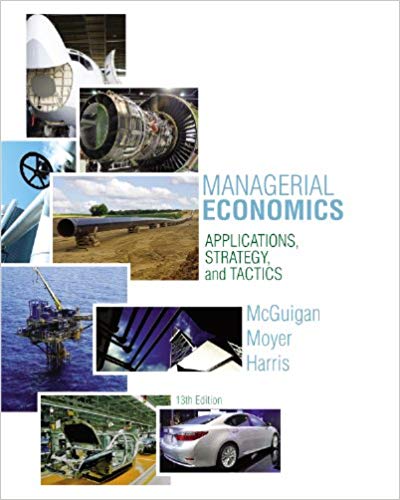
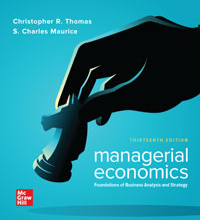



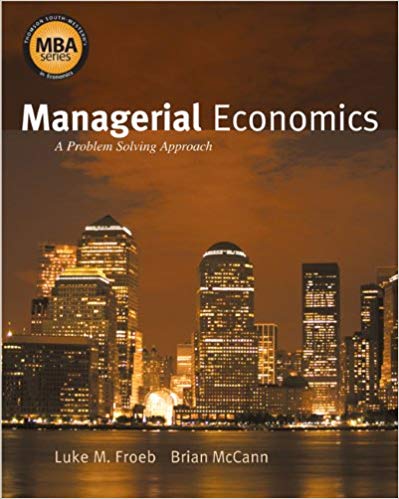
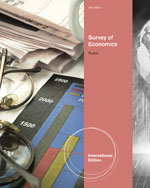

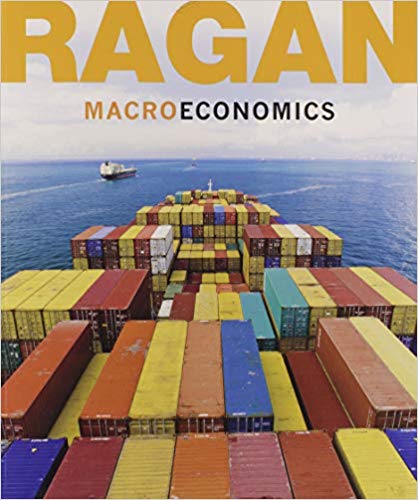
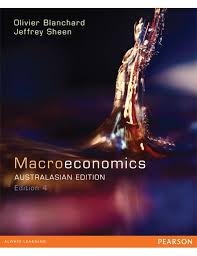
Reviews
There are no reviews yet.